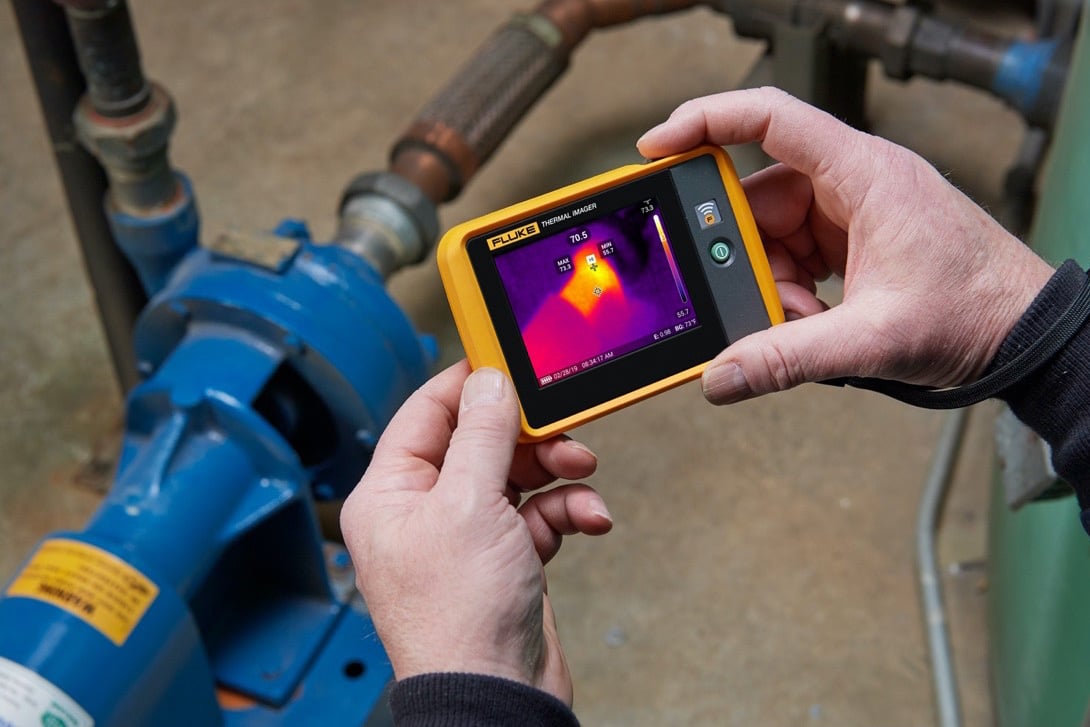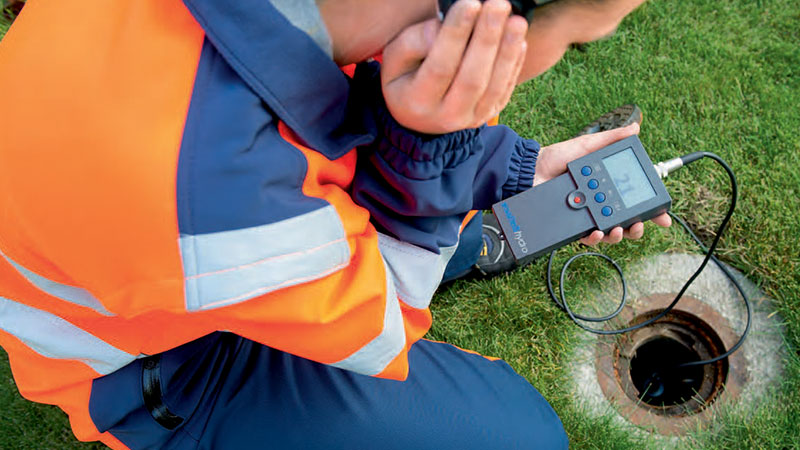Comprehensive Guide to Water Leak Detection for Home Owners and Services
Ingenious Solutions for Early Discovery of Water Leaks in Structures and Infrastructure
As the honesty of buildings and framework is critical, the obstacle of early discovery of water leaks has actually spurred ingenious remedies that guarantee to change the way we guard against prospective problems. From advanced leakage discovery technologies to the implementation of IoT sensors for real-time surveillance, the landscape of leakage avoidance is developing swiftly. Machine discovering algorithms supply a peek right into the future of leakage forecast, while thermal imaging presents a non-intrusive technique for determining hidden leakages. Automated water circulation evaluation systems are reshaping how leaks are recognized and resolved, leading the way for a positive strategy to water leakage detection. Each of these services holds the essential to making sure the integrity and longevity of our developed environment, triggering a shift in the direction of an extra lasting and effective future.
Advanced Leak Discovery Technologies
Advanced leakage discovery modern technologies, outfitted with sophisticated sensing units and formulas, play a critical duty in swiftly identifying and determining water leakages in various setups. These technologies utilize a combination of acoustic, thermal, and electromagnetic sensing approaches to identify leakages precisely. Acoustic sensors identify the audio of getting away water, permitting accurate localization of the leakage resource. Thermal imaging discovers temperature level modifications triggered by water leakage, giving one more effective approach for leakage identification. Electro-magnetic sensing units can identify adjustments in electro-magnetic fields created by water, providing yet another layer of leakage detection capacity.

IoT Sensors for Real-Time Tracking
In the world of modern-day water leak detection, the integration of IoT sensors for real-time tracking stands for a crucial development in improving aggressive leakage discovery capacities. These sensors offer constant surveillance of water supply, providing real-time data on water flow rates, pressure variations, and temperature level modifications. By leveraging IoT modern technology, these sensing units can detect even the smallest abnormalities in water use patterns, making it possible for very early recognition of possible leakages prior to they intensify into major problems.
IoT sensors transmit information to a central platform, where sophisticated algorithms assess the details and generate informs or notifications when abnormalities are identified. This real-time monitoring capacity enables homeowner or center managers to without delay attend to leakages, decreasing water damage, reducing repair prices, and saving water resources.
In addition, IoT sensors can be incorporated with structure management systems, enabling automated responses to identified leakages, such as turning off water shutoffs or triggering pumps to alleviate the influence of leakages. In general, the execution of IoT sensing units for real-time monitoring dramatically enhances the performance and performance of water leak discovery in buildings and infrastructure.
Equipment Knowing Algorithms for Leakage Prediction

One secret advantage of making use of artificial intelligence for leakage forecast is its ability to continually discover and improve its precision in time. As even more data is gathered and fed into the algorithm, it can improve its click for more predictions and adjust to altering problems, eventually increasing the dependability of leak discovery systems.
Furthermore, artificial intelligence index algorithms can assist in identifying subtle indicators of leaks that might go unnoticed by standard monitoring techniques. water leak detection. By analyzing complicated information embed in real-time, these algorithms can supply very early warnings and informs, allowing for timely treatment and preventive upkeep to minimize possible water damage and associated expenses
Making Use Of Thermal Imaging for Leak Detection
Thermal imaging modern technology provides an appealing technique for detecting water leakages in various systems and frameworks. By making use of infrared radiation and temperature level variances, thermal imaging video cameras can determine hidden leakages that are not easily visible to the naked eye. When water gets away from pipelines or frameworks, it often alters the temperature level of the bordering location, developing temperature differentials that thermal video cameras can catch. These temperature level irregularities are then equated into visible pictures, highlighting the precise place of the leakage.
One of the key benefits of thermal imaging for leak detection is its non-intrusive nature. On the whole, the use of thermal imaging technology boosts the effectiveness and accuracy of water leakage detection, making it a beneficial tool for maintaining the honesty of buildings and frameworks.
Automated Water Flow Evaluation Solutions
Just how can automatic water circulation evaluation systems reinvent the discovery and administration of leakages in various systems and frameworks? Automated water flow evaluation systems provide a proactive approach to leak discovery by continuously keeping an eye on water circulation rates and patterns. By establishing baseline information, these systems can swiftly identify deviations that might show a leak, allowing timely intervention to stop considerable damage.
These systems utilize sophisticated formulas to analyze real-time data and supply instant signals when anomalies are found, allowing for swift action to be taken. In addition, automated water flow analysis systems can be integrated with building administration systems or IoT systems, boosting overall efficiency and allowing remote tracking capacities.
Furthermore, the data collected by these systems can be used for predictive upkeep objectives, aiding to determine prospective weak factors in the framework prior to leakages happen. Generally, the application of automated water flow evaluation systems can dramatically boost leak discovery and monitoring methods, eventually resulting in cost financial savings, minimized water waste, and enhanced sustainability in buildings and infrastructure.

Final Thought
Finally, the assimilation of look at here now innovative leakage discovery modern technologies, IoT sensors, maker discovering formulas, thermal imaging, and automatic water circulation analysis systems provides ingenious services for early discovery of water leakages in structures and framework. These innovations allow real-time tracking, prediction of leaks, and efficient discovery approaches to avoid water damages and wastefulness. Applying these options can assist in preserving the integrity and sustainability of water systems in numerous setups.